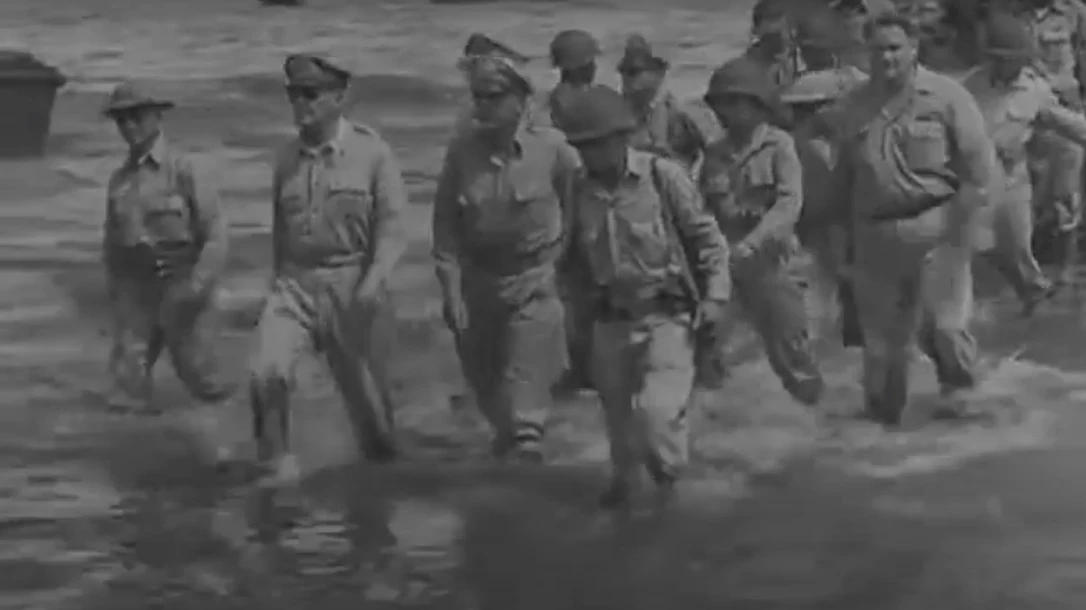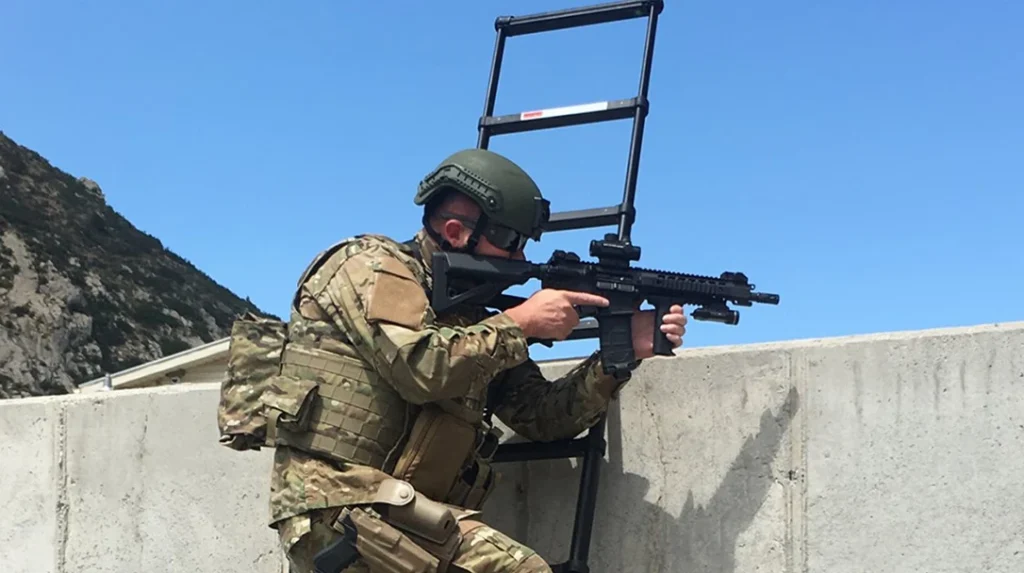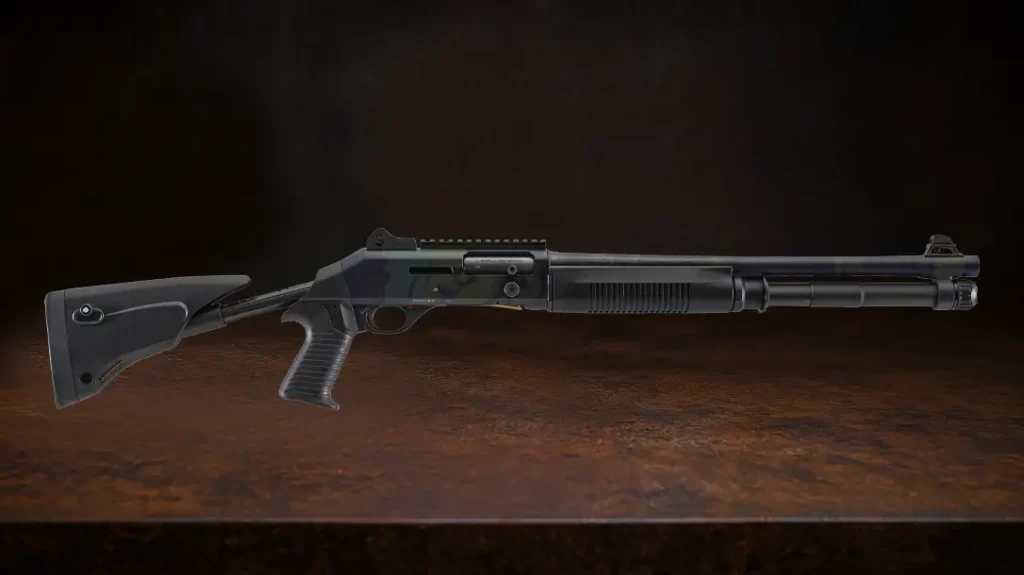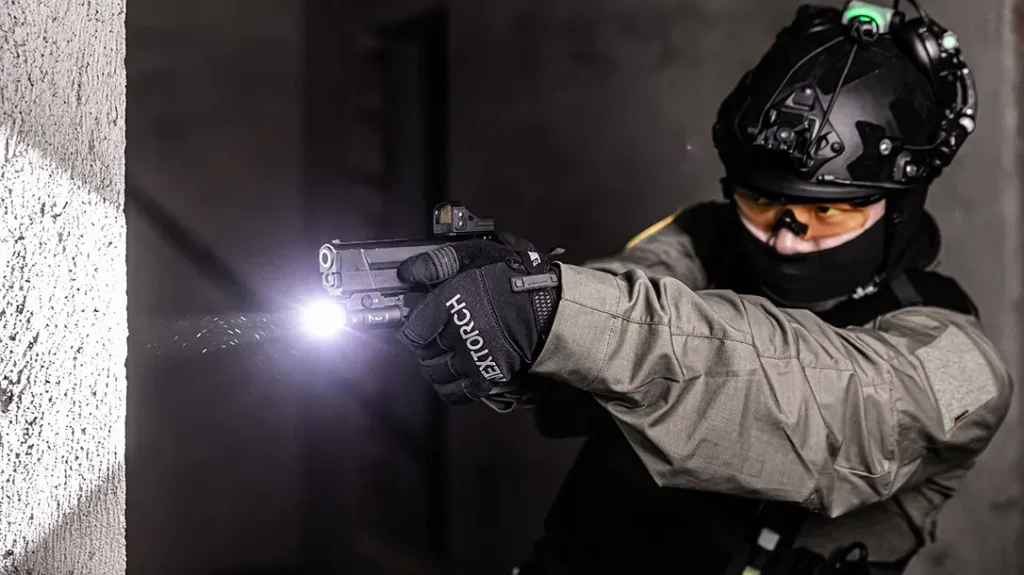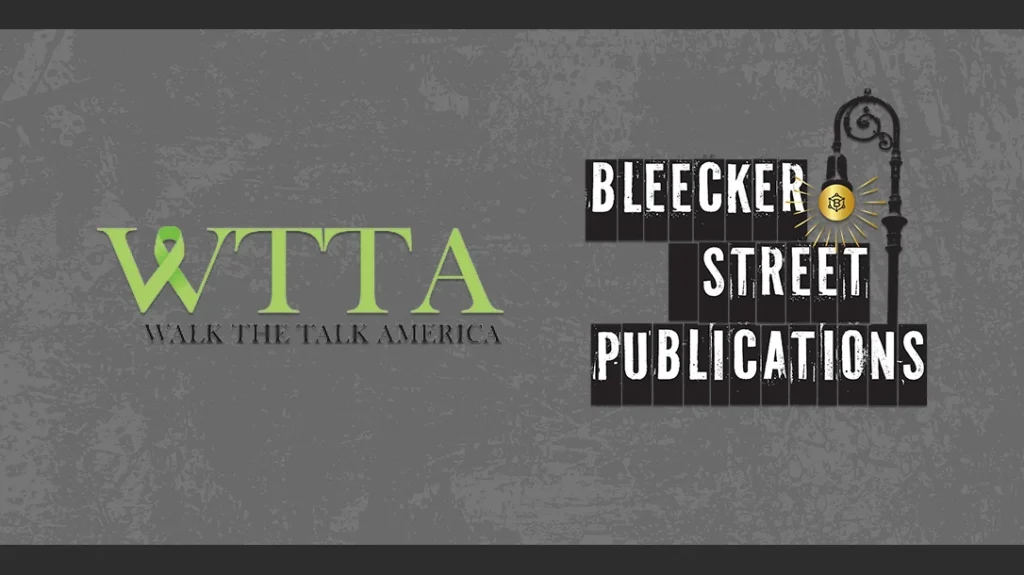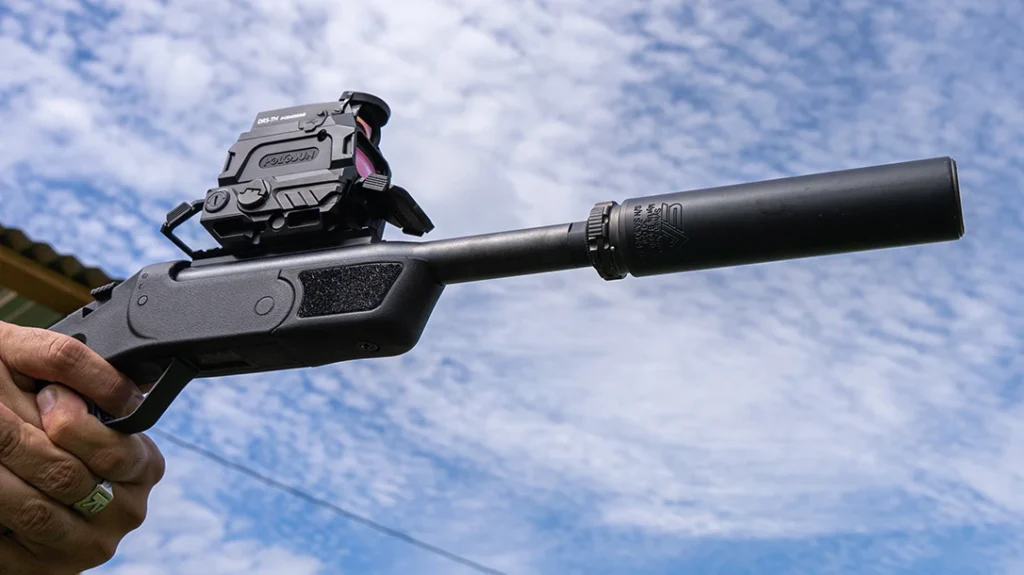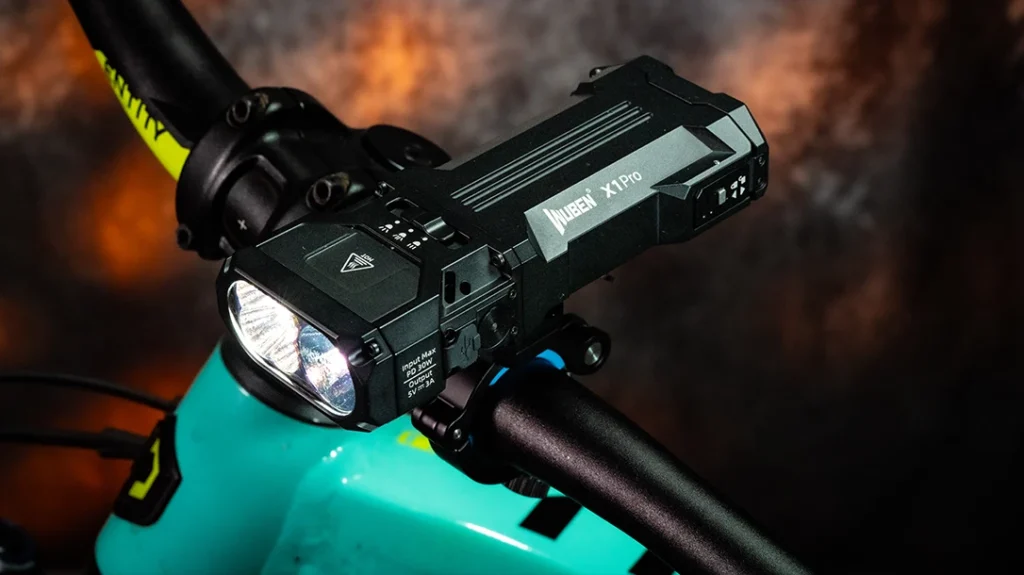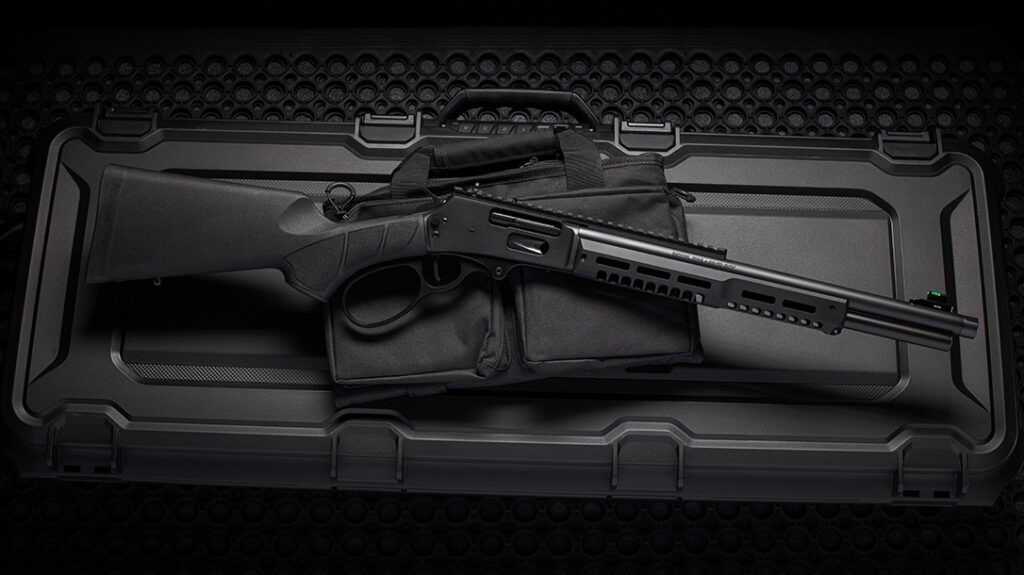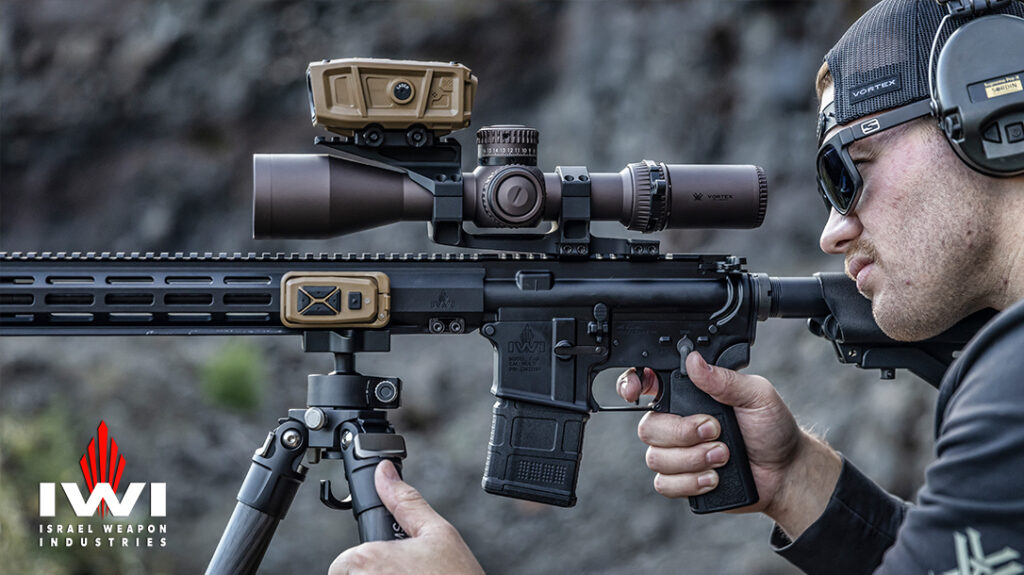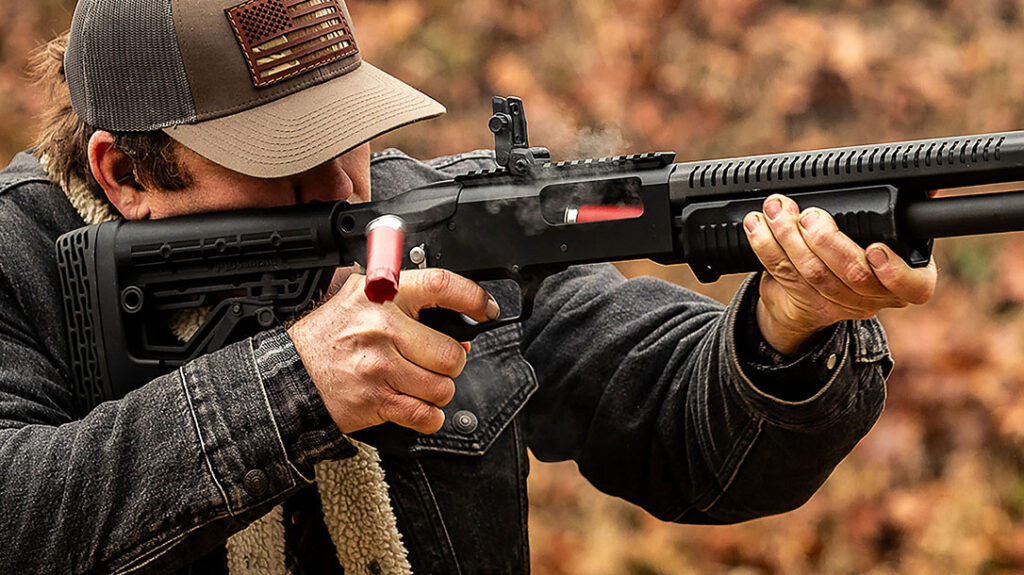It was 80 years ago this month that the Second World War came to an end. Following the use of two atomic bombs by the United States over Hiroshima and Nagasaki, the Empire of Japan surrendered. The 2023 film Oppenheimer chronicled the great effort and expense that the United States took to develop its atom bombs. Two years ago, it ended up a summer blockbuster.
Whether Oppenheimer could be included in a list of World War II films is debatable. However, even as the Manhattan Project was concurrently working on “the bomb,” Hollywood also jumped into gear. In late March 1942, production for the film Wake Island kicked off. The film was based on official United States Marine Corps records that told of the heroic defense of the besieged Pacific island that fell to the Japanese on December 23, 1941.
Hollywood released this film in September 1942, and it ended with a patriotic voiceover informing viewers that “This is not the end.” It was a stirring reminder that while the war’s tide was already turning after the U.S. Navy’s stunning victory at the Battle of Midway just three months earlier, that the conflict was still far from being won.
Advertisement — Continue Reading Below
Wake Island was also the first of a series of impressive war movies made during the Second World War. Another similar film is the 1943 Guadalcanal Diary. This movie is about the US Marine Corps first significant land campaign in the Pacific Theater. The films The Fighting Seabees and Thirty Seconds Over Tokyo followed Guadalcanal Dairy just a year later.
Best 10 Pacific War Movies
After eight decades since the conclusion of the Second World War, scores of films about the global conflict have been produced. Some of these are good, and others not so much.
Here are some of our top picks of films that are worth watching. All of them offer some insight into the war’s Pacific Theater.
Advertisement — Continue Reading Below
War in the Air & Sea
The Pacific Theater of Operations saw some of the most significant naval engagements in military history. Yet, we’ll have to wait for a massive Hollywood spectacle about the Battle of Leyte Gulf. Meanwhile the 1959 film The Battle of Coral Sea might be best forgotten.
By contrast, two of the most infamous naval and air battles of the war have been depicted on the big screen multiple times. And a pair of films about the greatest battleship ever built have also been made.
Tora, Tora, Tora (1970) / Pearl Harbor (2001)

Advertisement — Continue Reading Below
Tora, Tora, Tora was filmed 30 years prior to Michael Bay’s Pearl Harbor. This movie received mixed reviews from critics for its slow pacing, but it has also been praised for its historical accuracy. Tora, Tora, Tora was also unique as it presented a view from both “sides.” It depicted the lead up to the Imperial Japanese Navy’s sneak-attack on the American navy base in Hawaii on December 7, 1941. Interestingly, it was a minor box office disappointment in the United States. However, it became a massive hit in Japan.
Footage from the film was used in 1976’s Midway and 1980’s The Final Countdown. Tora, Tora, Tora’s footage has also been in multiple mini-series and TV shows in the years since its relese.
By contrast, Pearl Harbor has been mocked for its inaccuracy. It was even the subject of a “love song” in the 2004 action comedy Team America: World Police.
Advertisement — Continue Reading Below
Ouch!
With that said, Pearl Harbor is still loud, fun at times and offers plenty of action. Think of it like a war film for those who enjoy Marvel superhero movies.
Midway (1976) / Midway (2019)
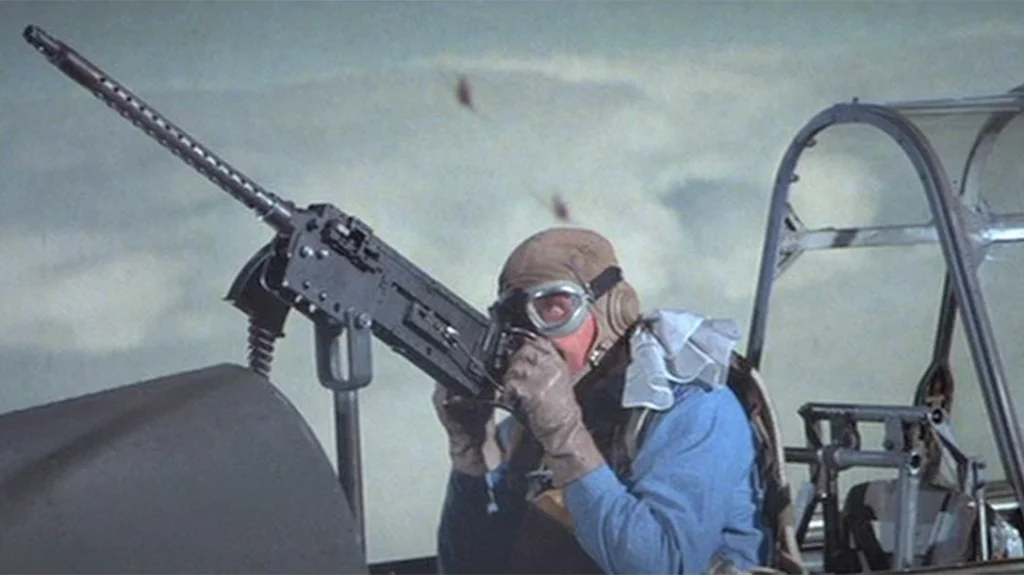
Advertisement — Continue Reading Below
It may take viewing both the 1976 and 2019 films to get the full story of the Battle of Midway. Even though the former was a box office smash, the latter was an actual bomb. And that’s a sad shame because it corrects the sins of the 1976 version–speficially vis-a-vis the former’s over-reliance on anachronistic stock footage.
Both films chronicle the Pacific island battle that proved to be the turning point in the Pacific Theater.
The 2019 film has been lauded for offering the most realistic portrayal of naval combat during the war. It’s also loud, fun and the U.S. Navy wins the day. What more could you want?
Advertisement — Continue Reading Below
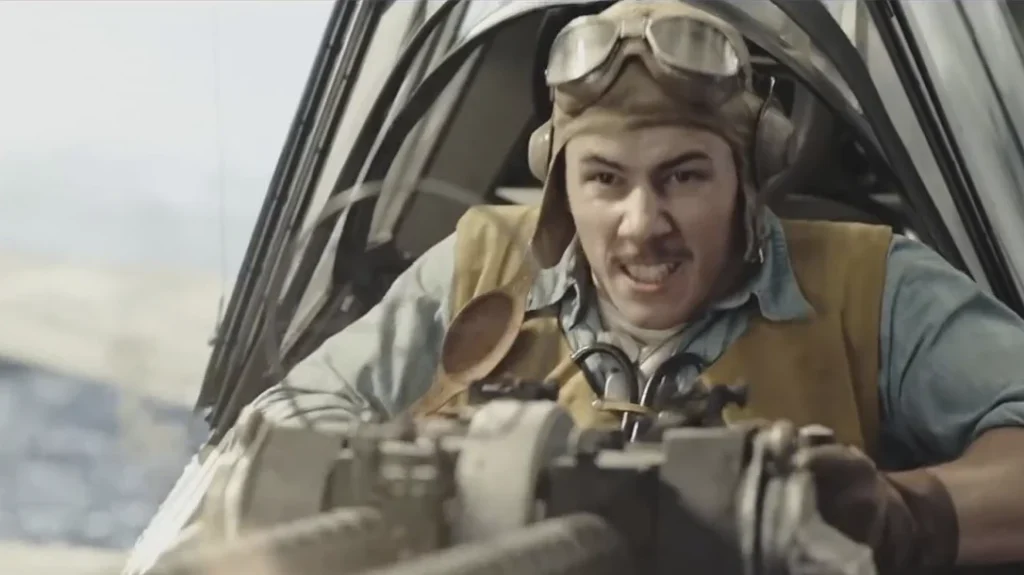
The Great War of Archimedes (2019) / Yamato (2005)
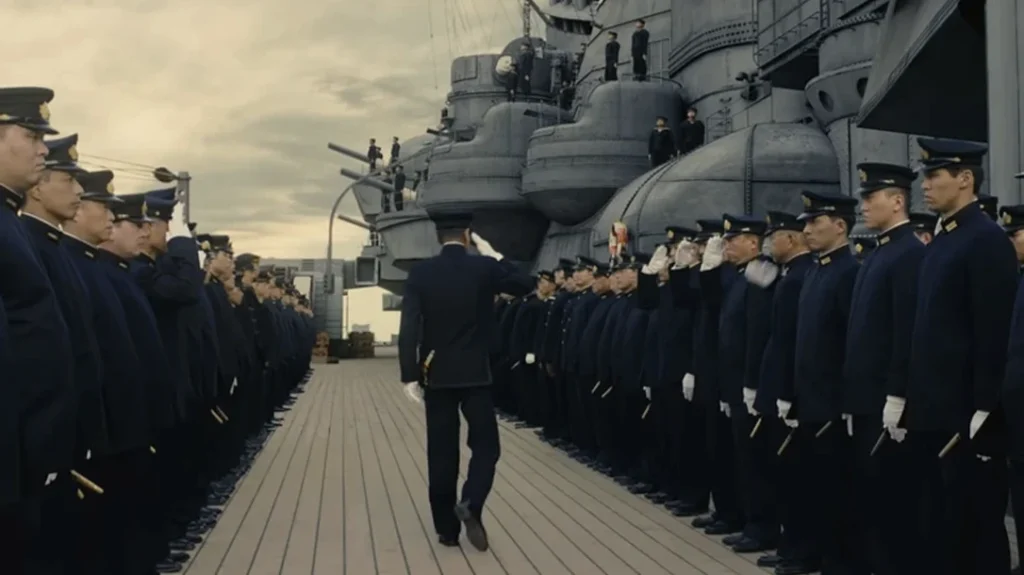
Although these two Japanese films were made 20 years apart, both are excellent companion pieces about the famous Imperial Japanese Navy battleship Yamato. The Great War Of Archimedes opens with the warship’s final engagement. Then the film flashes back to tell the story of her design and construction. Despite being heavily fictionalized, this movie provides an excellent background on the vessel.
Advertisement — Continue Reading Below
In contrast, the older film focuses on the final voyages of Yamato leading up to its role in Operation Ten-Go, the last major Japanese naval operation of the war.
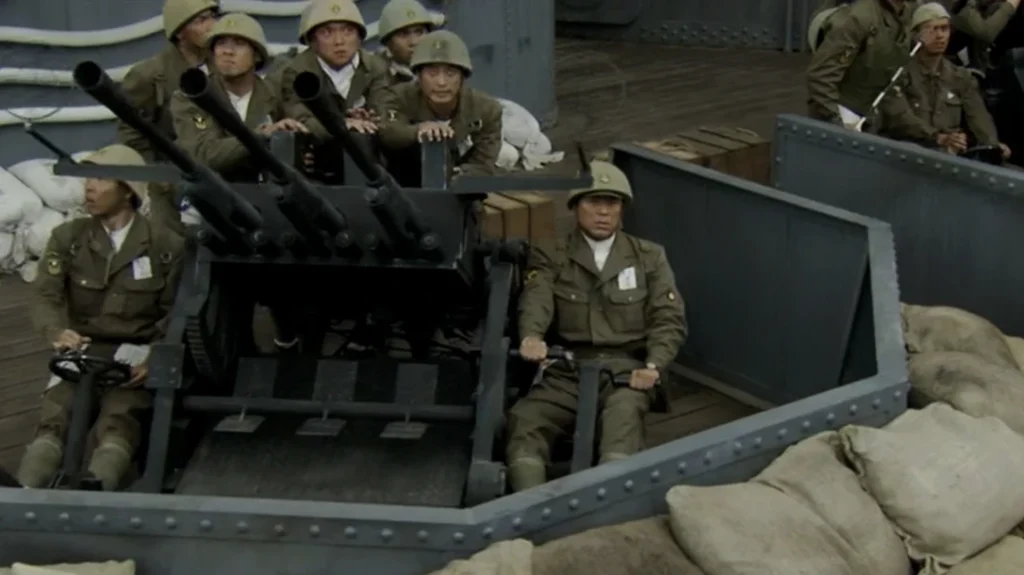
Despite the outcome (spoiler: Yamato is sunk), both films have received numerous accolades in Japan. While it was still open to the public, more than a million people visited the 1:1 scale set of the ship’s starboard side for the 2005 film.
Advertisement — Continue Reading Below
Island Hopping
Wake Island highlighted the Japanese offensive operations, and the Guadalcanal Campaign saw the turning point in the Pacific Theater. That battle marked the first major Allied offensive against the Japanese. As noted, it was the subject of the 1943 film Guadalcanal Diary. Many other movies would go on to capture the significance of the island-hopping campaign across the Pacific.
Beach Red (1967)
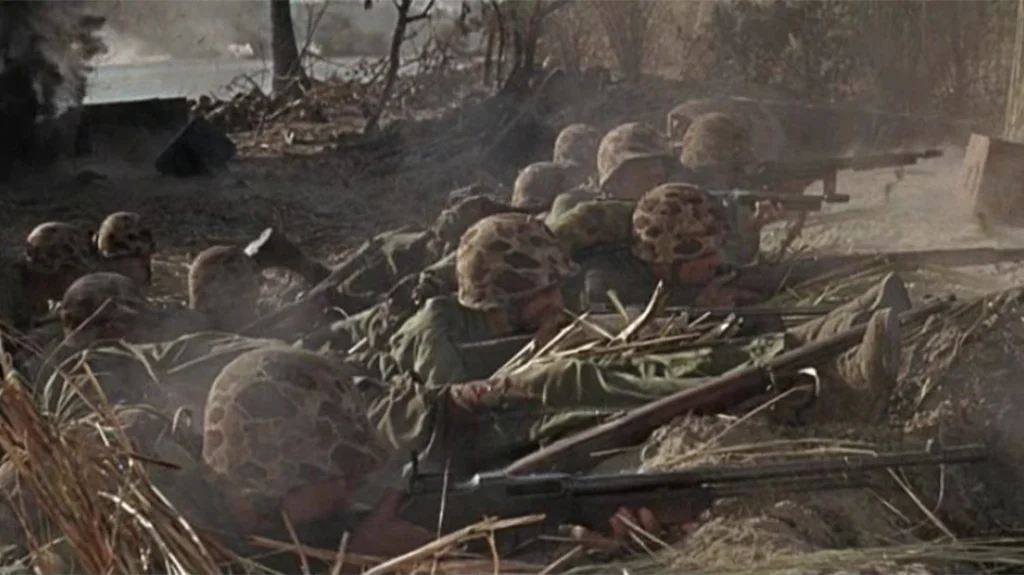
Three decades before Steven Spielberg’s Saving Private Ryan recreated the intensity of the D-Day landings in France, Cornel Wilde included a 30-minute opening sequence of the landing of “Beach Red” on an unnamed Japanese-held Pacific island. Beach Red is a surprisingly gritty film that can be summed up by Gunnery Sergeant Honeywell (played by Rip Torn) who explains, “That’s what we’re here for. To kill. The rest is all crap!”
The Thin Red Line (1998)
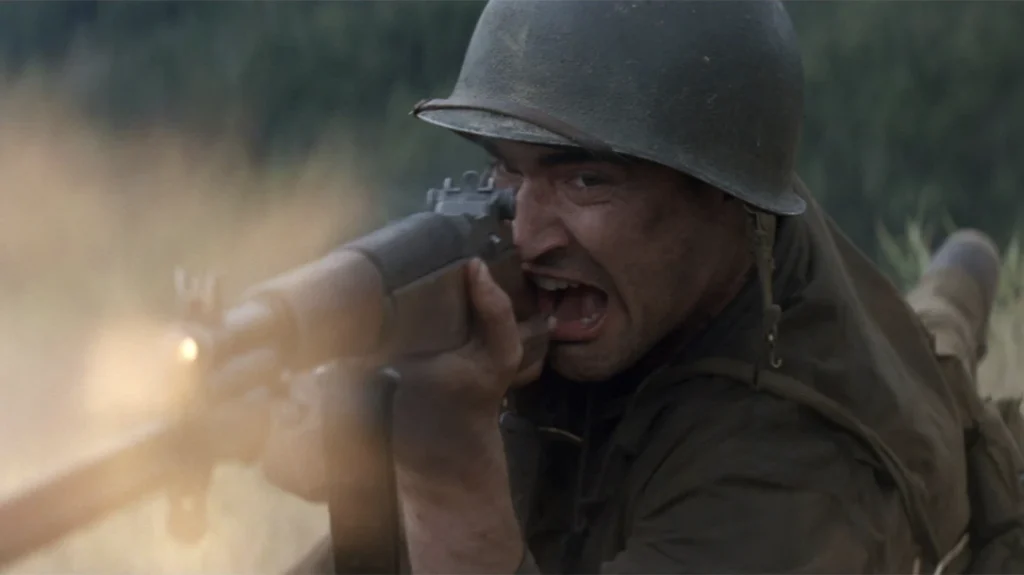
The Thin Red Line launched six months after Saving Private Ryan. In this film, Terrence Malick presented a fresh take on the Guadalcanal Campaign from the perspective of multiple characters. The film’s pacing drags at times. And the central story can be hard to follow. Yet, the combat sequences are brutal, chaotic, and occasionally even confusing.
War is hell, and hell is genuinely in the Pacific.
Windtalkers (2002)
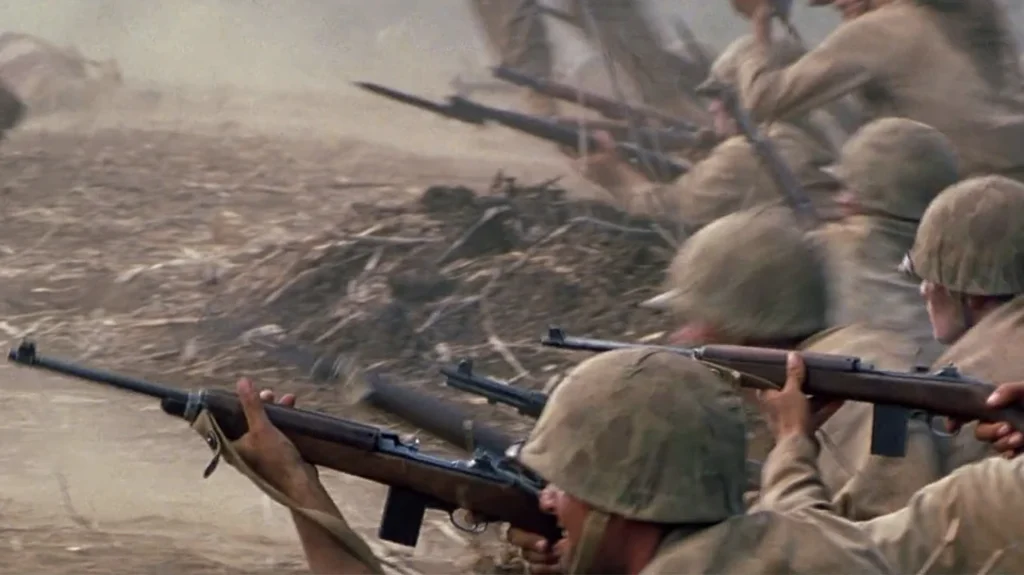
Historical accuracy isn’t the point with Windtalkers. It’s directed by John Woo, a filmmaker known for his over-the-top action movies. Though the plot rests on the back story of the Navajo code talkers, the result is a John Woo-style action romp from beginning to finish.
Flags of Our Fathers / Letters From Iwo Jima (2006)
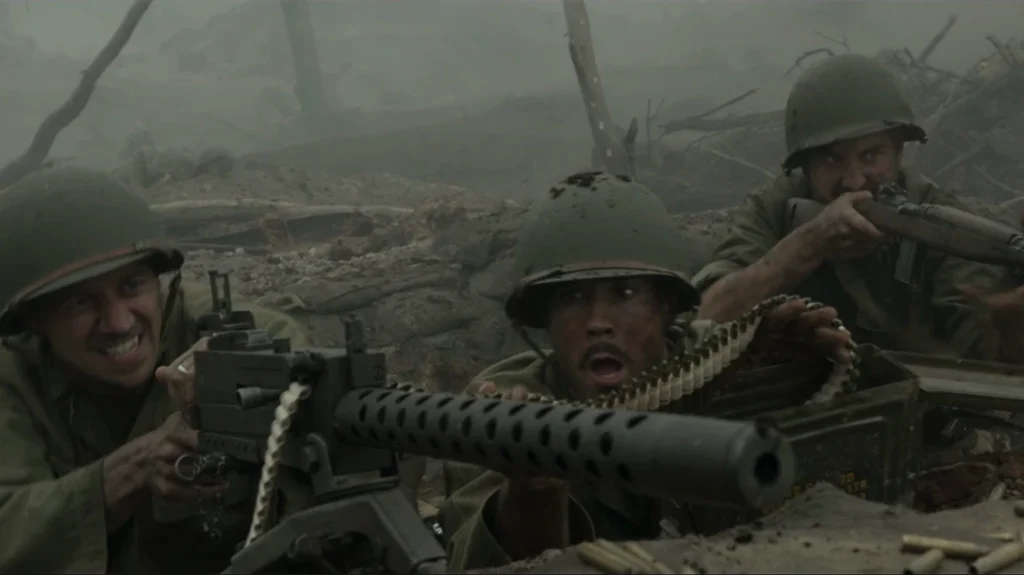
Director and screen legend Clint Eastwood opted to do something never done – he made two films about the same battle, presented from each viewpoint. Flags of Our Fathers is arguably the weaker of these two movies. It focuses on the story of the five Marines and one Navy corpsman who were involved in raising the flag on Iwo Jima, and the impact it had on each of them.
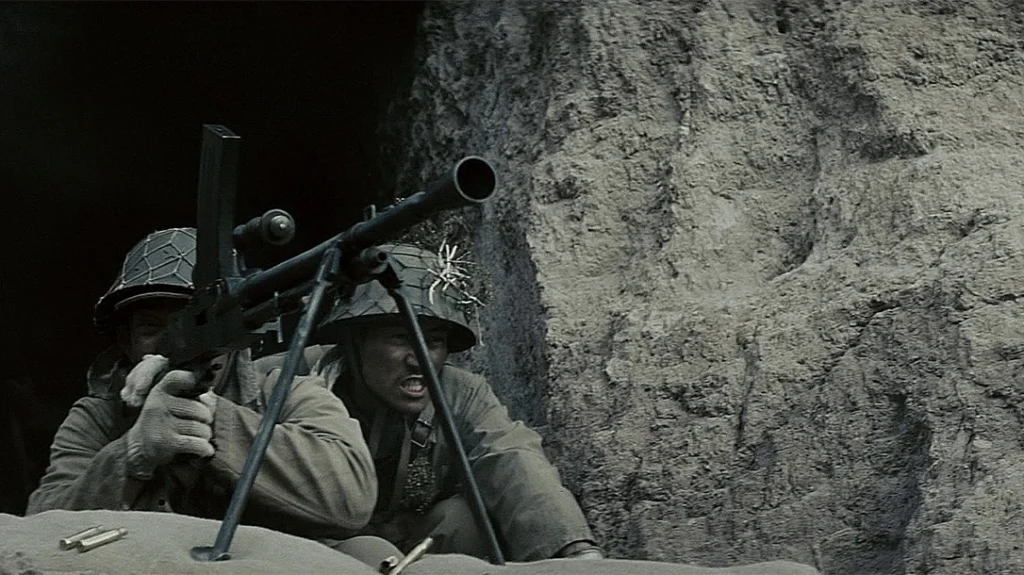
Letters from Iwo Jima, on the other hand, offers a unique perspective from the Japanese defenders of the island. By focusing mainly on the Iwo Jima campaign, it provides a more personal story while highlighting the futility of the war for the Japanese. Thematically it even delves into why surrender simply wasn’t an option.
Hacksaw Ridge (2016)
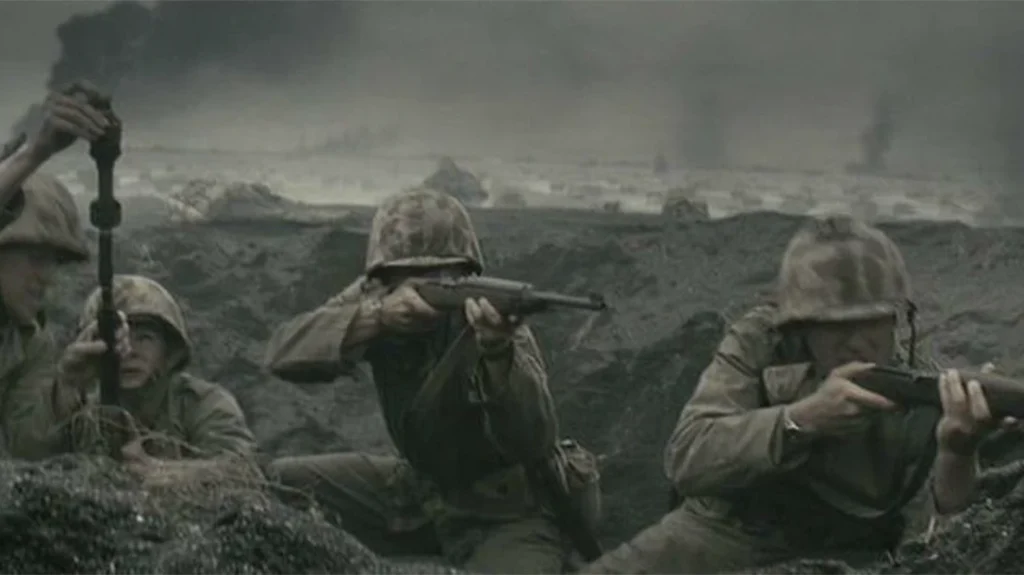
This film is a biographical drama about conscientious objector Desmond Doss, whose heroism earned him the Medal of Honor for his actions during the Battle of Okinawa. The movie hits all the right notes.
Hacksaw Ridge is a story of an underdog who earns the respect of his fellow soldiers. It offers viewers a gritty perspective of what it means to be a hero. Battle sequences in this movie can be quite intense, especially since Doss was a combat medic. His main concern was to save the lives of his fellow soldiers, not to kill the enemy.
Prisoner of War Stories
Several war movies have tackled the story of POWs in the Pacific, but none of the Pacific-themed films have the more light-hearted moments that European Theater POW movies like Stalag 17 (1953) or The Great Escape (1963) had. The Pacific-themed films, which include titles such as Three Come Home (1950), King Rat (1965), Merry Christmas Mr. Lawrence (1983), To End All Wars (2001), Unbroken (2014) and The Railway Man (2014) all make the viewer question whether surrender was better than fighting to the death.
However, two other films do stand out in this category:
The Bridge on the River Kwai (1957)
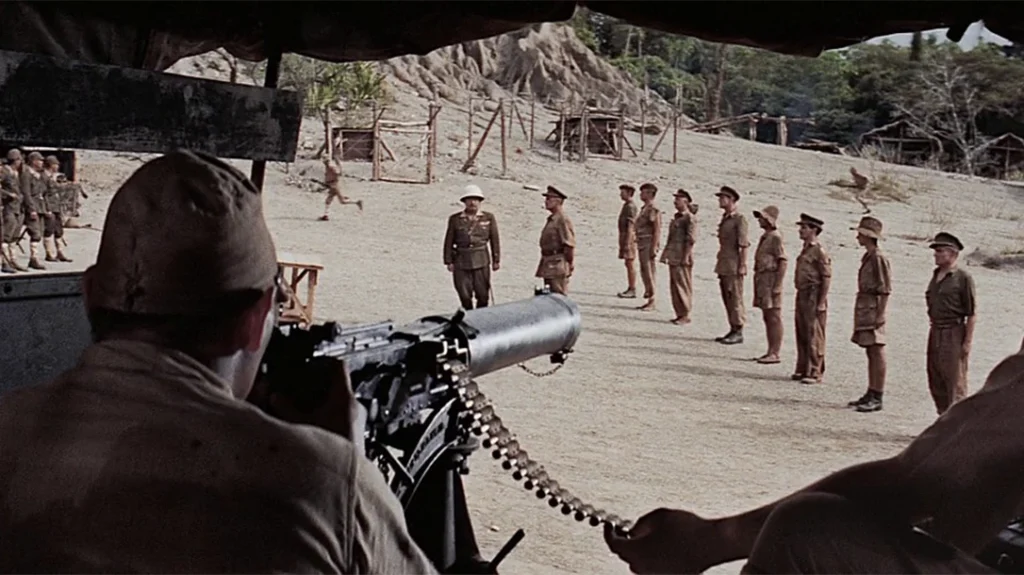
Nearly every aspect of this David Lean epic is pure nonsense from start to finish. It’s based on the novel of the same name by Pierre Boulle, who also wrote The Planet of the Apes. This story is a heavily fictionalized account of the construction of the Burma Railway. But even with its loose history, The Bridge on the River Kwai still offers a grueling look into the horrid treatment of prisoners of war by the Japanese. The movie famously includes a rousing “commando” mission to destroy the bridge. Its final line, “Madness! Madness!” sums up the story.
Empire of the Sun (1987)
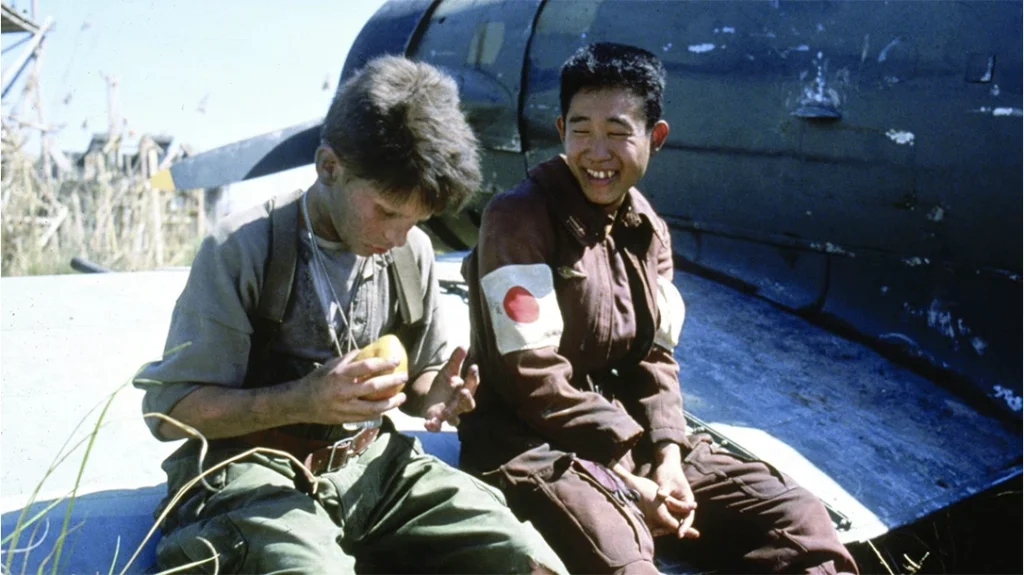
Director Steven Spielberg created a coming-of-age war film that offers a unique view of the war. In this case, what the eyes of young English schoolboy Jim (Christian Bale in one of his first roles) saw. He witnesses the fall of Shanghai and gets separated from his parents. Jim spends much of the war in an internment camp, learning to do what it takes to survive. Since he’s a child, it all just seems like a grand adventure.
